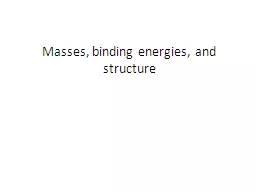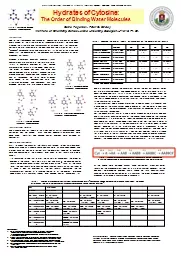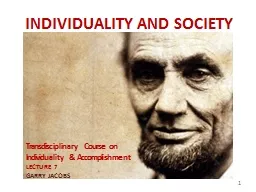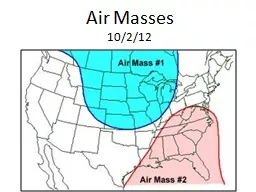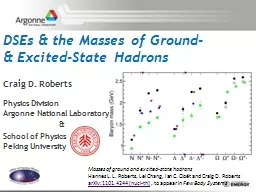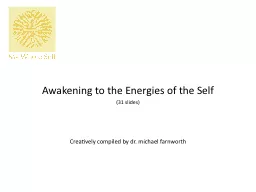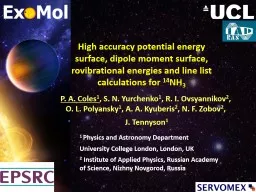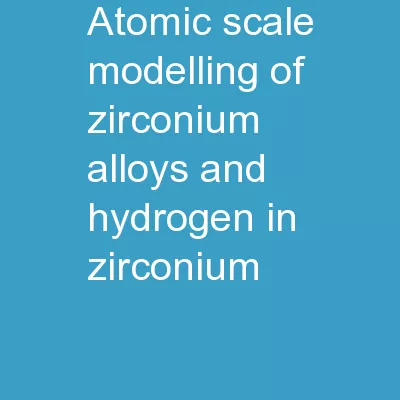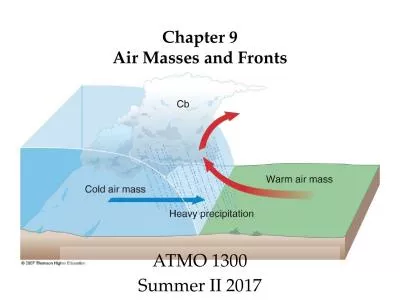PPT-Masses, binding energies, and structure
Author : cozync | Published Date : 2020-06-22
The same physics that leads to collectivity lowering collective states also increases the binding and affects masses That has long been known What may be new
Presentation Embed Code
Download Presentation
Download Presentation The PPT/PDF document "Masses, binding energies, and structure" is the property of its rightful owner. Permission is granted to download and print the materials on this website for personal, non-commercial use only, and to display it on your personal computer provided you do not modify the materials and that you retain all copyright notices contained in the materials. By downloading content from our website, you accept the terms of this agreement.
Masses, binding energies, and structure: Transcript
Download Rules Of Document
"Masses, binding energies, and structure"The content belongs to its owner. You may download and print it for personal use, without modification, and keep all copyright notices. By downloading, you agree to these terms.
Related Documents

